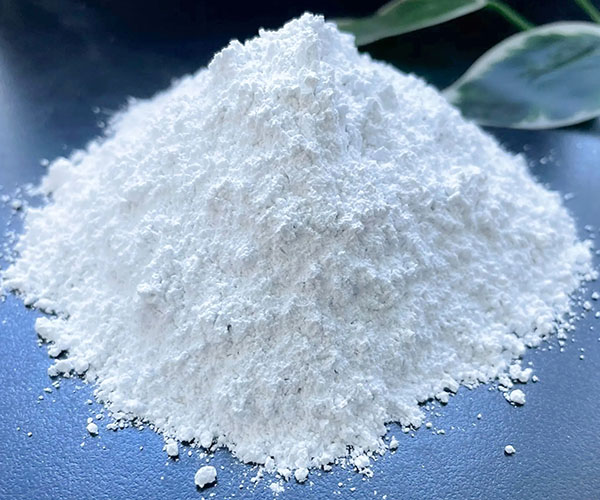Talc is a versatile mineral with a wide range of applications due to its unique properties. Its softness, slipperiness, and absorbent nature make it an essential material in various industries, from industrial applications like plastics and ceramics to consumer products like cosmetics and personal care products. Its safety and effectiveness have been recognized by regulatory agencies, ensuring its widespread use in a variety of products.
Chemical and Physical Characteristics
Chemical Formula: Mg3Si4O10(OH)2
Synonyms: talc, talcum, talcum powder, talc powder
Molecular Weight: 379.24 g/mol
Density: 2.7-2.8 g/cm³
Melting Point: Decomposes at 800-900°C
Refractive Index: 1.55
Solubility: Insoluble in water, soluble in strong acids and alkalis
Color: White to pale green, gray, or brown
Odor: Odorless
Toxicity: Generally considered safe, but prolonged inhalation can cause respiratory issues
Industrial Applications
Plastics: Used as a filler to improve strength, stiffness, and heat resistance.
Rubber: Added to improve flexibility and reduce shrinkage.
Ceramics: Used in ceramic manufacturing to improve workability and reduce shrinkage.
Paints and Coatings: Added to improve opacity, durability, and weather resistance.
Consumer Products
Cosmetics: Used in powders, creams, and lotions for its absorbent and lubricating properties.
Personal Care Products: Found in baby powders, deodorants, and foot powders.
Paper: Added to improve opacity and print quality.
Medical Applications
Pharmaceuticals: Used as a filler in tablets and as a lubricant in medical devices.
Surgical Gloves: Used as a lubricant to make gloves easier to put on.
Other Applications
Textiles: Added to fabrics to improve softness and absorbency.
Agriculture: Used as a carrier for pesticides and fertilizers.
Food: Used as an anti-caking agent in some food products.
 English
English Español
Español Português
Português Français
Français Deutsch
Deutsch Русский
Русский 中文
中文 日本語
日本語
